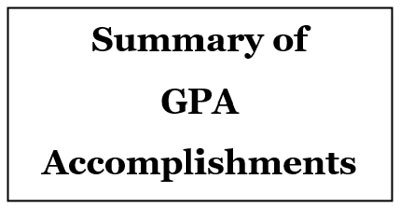Apprentice Indentureships, agreements between two parties where one party is bound to service as an apprentice for a specified period of time, are centuries old types of legal contracts. It was common in Europe to learn certain crafts by entering apprenticeship with a skilled workman. This tradition of job training was brought over to the colonies by Europeans and used in their new communities. Apprentices were provided with housing, food and clothing while they worked. Most apprentices began as young teenage boys and they were expected to help out at the workshop while they received training. At the end of their apprenticeship, usually at age 21, they would often receive a suit of clothing and a set of tools.
19th century newspapers illustrate particular Guilford tradesmen whose indentured apprentices had run away. When their apprentice ran away, the tradesman would advertise for their return, alerting the public that that person was still under an indentureship and should not be “harboured, trusted, or employed, under penalty of the law.” In some cases, a reward was offered. Besides being interesting, these newspaper articles identify the two parties and, in most cases, identify the occupation or trade of those reporting their runaway indentured apprentices.
On October 2, 1804, Abraham Chittenden, Jr. advertised: “RUN away from the subscriber in Guilford…an apprentice to the shoemaking business, named WILLIAM SCOVEL; a tall light complection lad about 17 years of age; had on when he went away a short blue Nankeen Jacket, dark vest, dark brown trousers. – Whoever will take up said boy and give information to the subscriber shall be generously rewarded. All captains of vessels are forbid taking said boy on board their vessels, and all persons are forbid harbouring said boy on penalty of the law.” [1]
On April 14, 1835, Jedediah Lathrop who lived at 55 Park Street offered a six cent reward for the return of his indentured apprentice, John N. Powless, who was from the New York House of Refuge and learning the saddle and harness business. [2]
On January 20, 1825, Charles Lee advertised a 5-cent reward for his runaway “indented Apprentice, by the name of WILLIAM S. HILL, about 15 years of age, blind with one eye, and a cripple with one hand.” He advertised that all persons were forbid of harbouring, trusting, or employing said Boy, as he was determined to prosecute anyone found doing so.
On October 16, 1821, Abel Kimberly advertised that his “indented Apprentice to the Hatting business, by the name of THOMAS J. COAN, 19 years of age” had run away. [3]
It’s interesting to note that thirteen years earlier, on August 24, 1807, it was reported that a person of that same name, Abel Kimberly, had once been an apprentice of Augur Wildman who had himself run away. [4]
And on May 9, 1801, Richard Francis Degrove advertised: “Ranaway from the subscriber, some time in February last, and Indian boy, by the name of FREDERIC DUMB, an apprentice to the subscriber; said boy is nineteen years of age, slim built, about five feet and a half high, had on a drab colour’d short jacket, a pair of mixed colour’d trowsers, a black wool hat, and a pair of laced boots; and carried away with him a light colour’d great coat, a short blue jacket, and a set of shoemakers’ tools. Whoever will return said boy to me the subscriber, living in Guilford, shall have one dollar reward, but no charges paid. All persons are forbid harbouring or employing said boy on penalty of the law.”
Tracy Tomaselli – April 2018
[1] American Mercury [Hartford, CT] 18 Oct. 1804: 4.
[2] Connecticut Herald [New Haven, CT] 14 Apr 1835:3
[3] Connecticut Herald [New Haven, CT] 16 Oct 1821:4
[4] Connecticut Herald [New Haven, CT] 8 Sep. 1807: 4.



